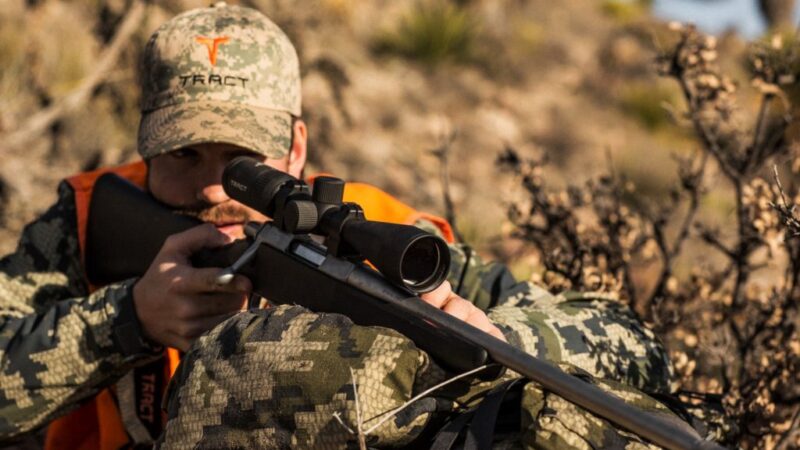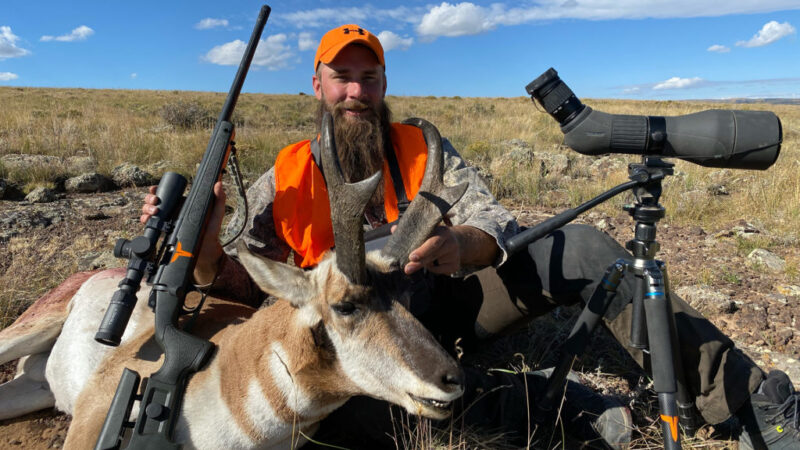Rifle Marksmanship: Key Elements of Good Shooting Positions
Part 5 – Rifle Marksmanship: Key Elements of Good Shooting Positions
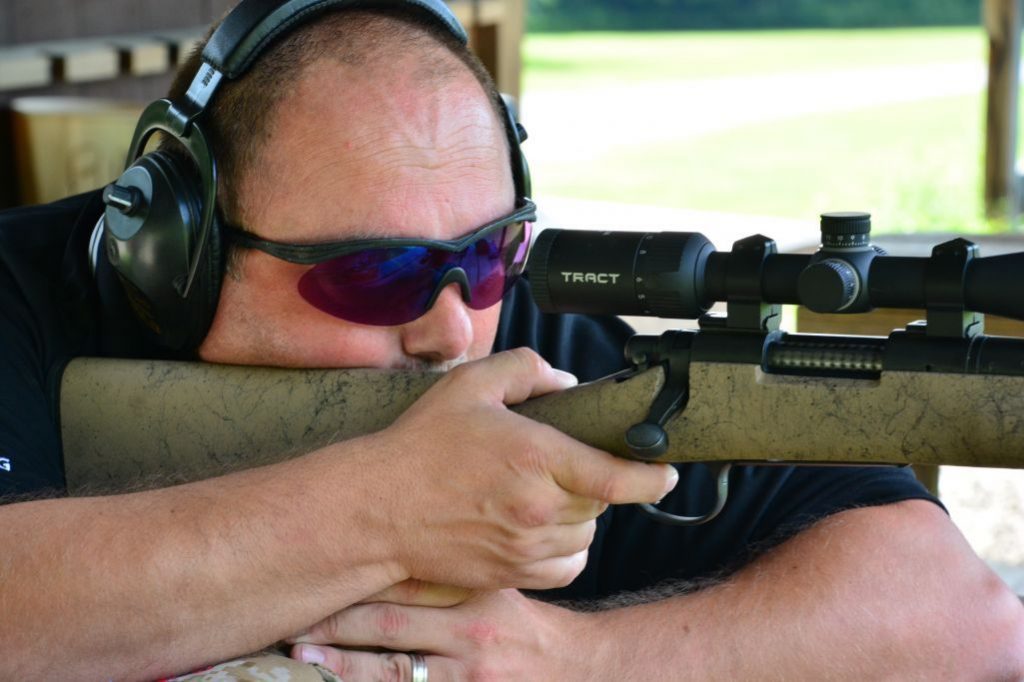
There are key elements of good shooting positions that are fundamental and consistent regardless of which particular position you use. There are of course limitations like difficult terrain or limited time. But knowing what makes a good position will help you deal with each situation you face.
Good Shooting Positions Rifle Marksmanship
According to William “Bart” Bartholomew Instructor of the Bergara Academy, the fundamental attributes of a “good shooting position” as they relate to accuracy, or the ability to place shots on a target are as follows:
Bone Support
As you get behind the rifle, make sure the weight of the rifle is supported by bone rather than muscle. As you know, “your muscles will fatigue and eventually cause movement of the rifle” explains Bart. It’s important that you learn positions that offer good bone support to avoid “muscling” the weapon.
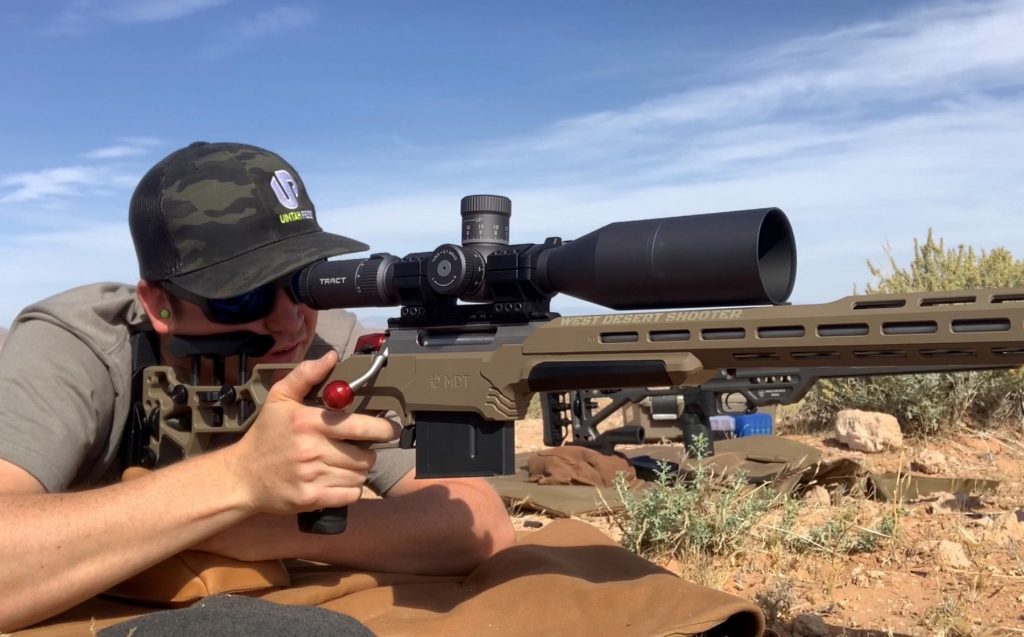
Muscular Relaxation
Muscular relaxation helps you hold steady and increase the ability to aim. Do this by maximizing bone support to achieve a minimum amount of movement and consistency in resistance to recoil. Tense muscles will cause excessive movement of the rifle and make it very difficult to stay on the target. Without the combination of bone support and muscular relaxation the rifle will never settle into an aiming point, thereby making it impossible for the shooter to apply good trigger control and place a well-aimed shot. Only through practice and achieving a natural point of aim will you be able to apply muscular relaxation.
The weapon will pick up any tension or fatigue in the muscles. Undue strain indicates that muscles are doing the work that bones or other support should be doing. The proper shooting position should allow for a natural point of aim where the rifle is held on the target by the relaxed, natural body position. Aim in on your target, close your eyes, and then open your eyes to ensure natural point of aim. If the rifle is still on target, you have a good natural point of aim and a good position. Natural, slow breathing prior to the respiratory pause will help with your relaxation
Natural Point of Aim
Natural point of aim is where the rifle naturally rests in relation to the target. Once you’re in position and aimed in on the target, the method of checking for natural point of aim is for you to close your eyes, take a couple of breathes, and relax as much as possible. Upon opening your eyes you should see the crosshairs resting on the desired aiming point. The rifle is an extension of your body and the position needs adjusting until the rifle points naturally at the preferred aiming point on the target. Continual checking of the position and natural point of aim will keep you on target.
Rifle Butt in the Pocket of the Shoulder
Your rifle should be placed firmly into the pocket of your shoulder. This will steady the rifle and prevent slipping on the shoulder and lessens the effects of recoil. In addition, the position of your rear elbow is important as it gives you balance and helps form the shoulder pocket.
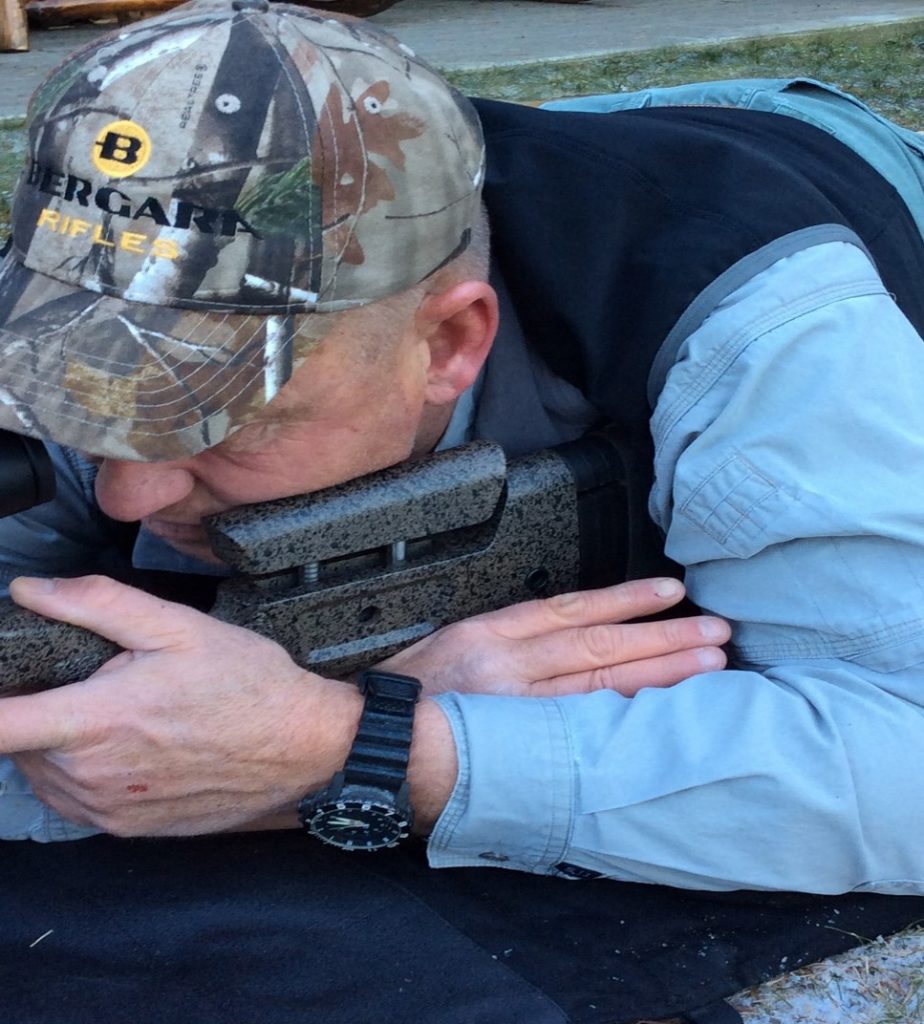
Grip of the Shooting Hand
Bart teaches that you should grip the small of the stock firmly, but do not white knuckle it. A firm rearward pressure is exerted by the shooting hand to keep the rifle butt in its proper position in the pocket of the shoulder. The thumb should extend over the small of the stock. This will enable you to get a good spot weld. However, it is acceptable to lay the thumb parallel along the outside of the rifle if it’s more comfortable. The trigger finger is positioned on the trigger so there is no contact between the finger and the side of the stock. This permits the trigger to be pressed straight to the rear without disturbing your aim.
Spot Weld
The spot weld is the point of firm contact between the shooters cheek and his thumb on the small of the rifle stock. It marks the point for proper eye relief and a firm contact of the shooters head, hand and the rifle enables the head and rifle to recoil as one unit.
William “Bart” Bartholomew currently instructs a 2-Day 1,000 yard Precision Rifle Course with the Guntry Gun Club of MD as well a 3-Day Long Range Precision School hosted by the Bergara Academy in MT. Bart is a retired Baltimore County SWAT Sniper Team Leader and has 46 years of long rifle experience—20 years as a Counter Sniper and is the recipient of the prestigious Carlos Hathcock Jr. Award









